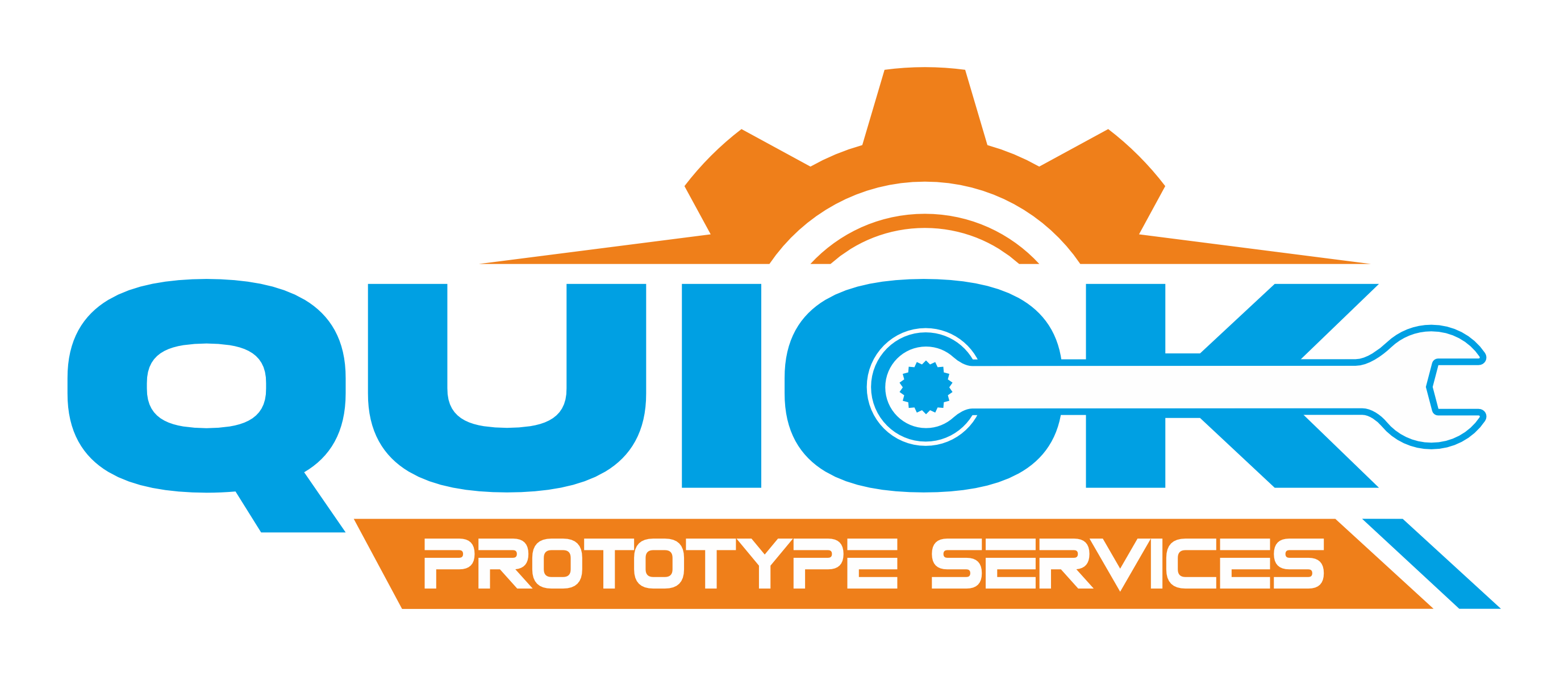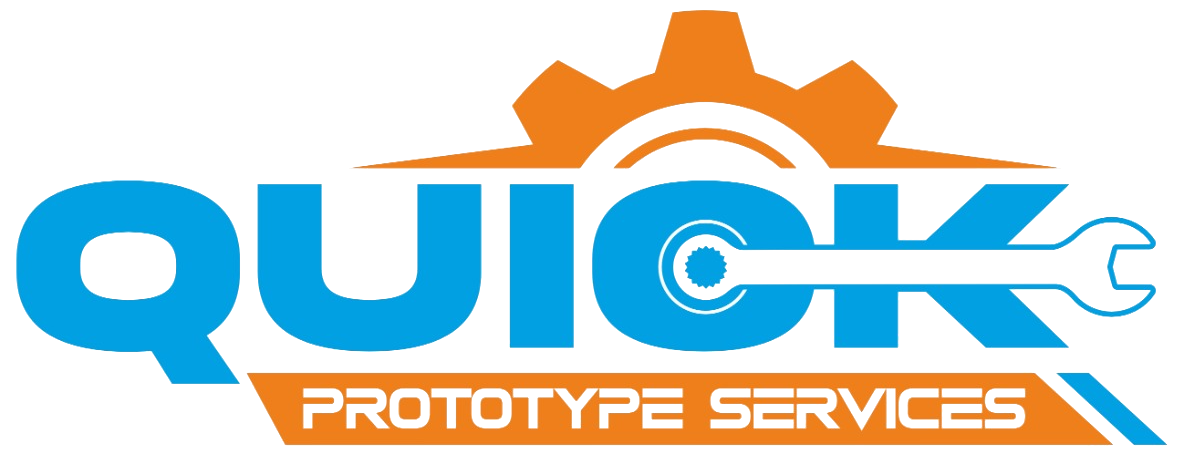Design and material choices are crucial in unlocking the full potential of CNC machining. This article provides essential design insights to help reduce CNC-machining costs and achieve flawless project outcomes. Whether you’re creating a single prototype or starting large-scale production, cost-effective solutions are vital in CNC machining. Design decisions can significantly impact expenses, and following Design for Machinability (DFM) guidelines can help you fabricate cost-effective parts that align with your functional design objectives. This comprehensive article dissects cost escalation factors in CNC machining and provides actionable design strategies to streamline project costs effectively.
CNC Machining Costs Factors
Before diving into the intricacies of cost-saving design rules, it’s crucial to grasp the underlying factors driving CNC machining expenses. Explore the nuanced interplay between Material cost, machining time, start-up costs, and Spcial tooling, and discover how strategic design decisions can tip the scales in your favor.
- Material Cost: Optimized designs can lower the costs of raw materials by reducing waste. When creating prototypes, it is recommended to use commonly available materials, especially alloys, which can help control overall material expenses.
- Start-up Cost: These include expenses related to CAD file preparation, process planning, and setting up the CNC machine. While start-up costs are fixed, they can significantly impact the cost per part, especially for smaller production runs.
- Special tooling Cost: Specialized tooling may be required for certain features or materials, adding to the overall cost of CNC machining. Tool wear and tool changes can also impact machining time and costs.
- Machining time: The longer it takes to machine a part, the higher the cost. Machining time is a significant cost driver, especially for large-scale production where efficiency is crucial.
- Post process cost: Different surface finishes may be required based on project specifications or aesthetic preferences. Additional machining or finishing processes to achieve desired surface finishes can add to the overall cost.
Proven Techniques for Superior CNC Machining Design
1. Features of Parts
CNC milling is a material removal process that involves the use of computer numerical control (CNC) machines to shape and cut various materials, including metals, plastics, and composites. During this process, the workpiece is held in place while a rotating cutting tool removes material from the surface of the workpiece. However, the process of material removal can generate vibrations which can make it difficult to machine thin walls and features with a high width-to-height aspect ratio at regular speeds. In order to achieve tight tolerances for such features, it is necessary to machine at a lower speed, which can increase the machining time and make the part more expensive.
For instance, if you have any small features, such as internal pocket radii less than 5mm, these features must be machined with the smallest tool at very low speed. This increases the machining time and makes the part more expensive.
Moreover, adding text onto the surface of a CNC machined part can also be costly, as it requires an additional machining step and increases the set-up cost. Therefore, it is important to carefully consider the cost and benefits before adding text to a CNC machined part.
2. Tolerances Optimization
When it comes to manufacturing, it’s important to strike a balance between precision and cost-effectiveness. Tight tolerances can increase machining costs, so it’s important to use them only when necessary. Keep CNC machined parts to ISO2768 standard if they are not critical.
Understanding tolerance specifications is key to minimizing complexity and costs while ensuring quality and precision for machined parts. Tolerance values can be affected by factors such as the material being used and the manufacturing process. To reduce machining time for large parts, extra material is removed through profiling before machining to tight tolerance features.
3. Material Selections
Dive into new material possibilities to optimize machining processes and stay within budget. Explore a range of metals and plastics, each offering unique attributes and cost considerations. For instance, metals are known for their high strength, durability, and excellent thermal conductivity, making them ideal for high-stress applications. On the other hand, plastics are known for their light weight and corrosion resistance properties. In addition, the material cost contribution is one of the overall cost factors of your part. By selecting the right material, you can optimize the performance of your product while keeping the cost within your budget.
Most materials can be CNC machined according to your design. However, it’s crucial to select the right material for your project. Each material type has its own machinability, which refers to how easily the material can be removed. For instance, some alloy-grade steels can be difficult to machine due to their high hardness and toughness. When milling hard steel alloys, the machining speed is set at the lowest to remove extra material from the workpiece. Again, lower machining speed adds extra cost.
Metals like stainless steel 303 and C360 brass, which offer superior machinability, are ideal for high-volume production due to their higher material costs being offset by reduced machining times. For plastics, ABS, nylon, and POM (Delrin) have similar costs to aluminum 6061 but are difficult to machine at tight tolerances, leading to higher costs. PEEK is a very costly material and should be reserved for essential uses only.
5. Blank Size Optimization
The dimensions of the stock material you choose can significantly impact the overall cost of CNC machining. Generally, the stock material must be at least 3mm larger than the final dimensions of the part. This allowance is crucial for ensuring that material can be removed from all edges to achieve precise and accurate machining.
For instance, if you are designing a part with dimensions of 40 x 40 x 40mm, you will need to use a larger blank, typically cut from a sheet that is 45mm thick. This extra material is necessary to accommodate the machining process. Conversely, if your part measures 37 x 37 x 37mm, you can use a 40mm thick sheet, resulting in significant material cost savings. By carefully considering the dimensions of your part and aligning them with standard blank sizes, you can reduce material waste and overall expenses.
To minimize costs effectively, aim to design parts with dimensions that are 3mm smaller than a standard blank size. This approach not only conserves material but also optimizes the machining process, making it more efficient and cost-effective.
Conclusion: Maximizing Cost Efficiency in CNC Machining Through Strategic Design
Optimizing design and material choices is essential for reducing CNC machining costs and achieving project success. Whether you’re prototyping or producing at scale, cost-effective solutions are crucial. Following Design for Machinability (DFM) guidelines can help produce affordable parts without compromising on functionality.
- Key cost factors include material cost, machining time, start-up costs, and special tooling.
- By selecting easily machinable materials, simplifying part geometries, and aligning dimensions with standard blank sizes, you can minimize expenses. Consider using common alloys for prototypes to control material costs and ensure efficient machining processes.
- Balancing precision with cost-effectiveness by using appropriate tolerances also contributes to savings.
- Ultimately, strategic design decisions can significantly impact CNC machining costs, leading to efficient and economical production.
Incorporate these insights to enhance the cost-efficiency and quality of your CNC machined parts.


